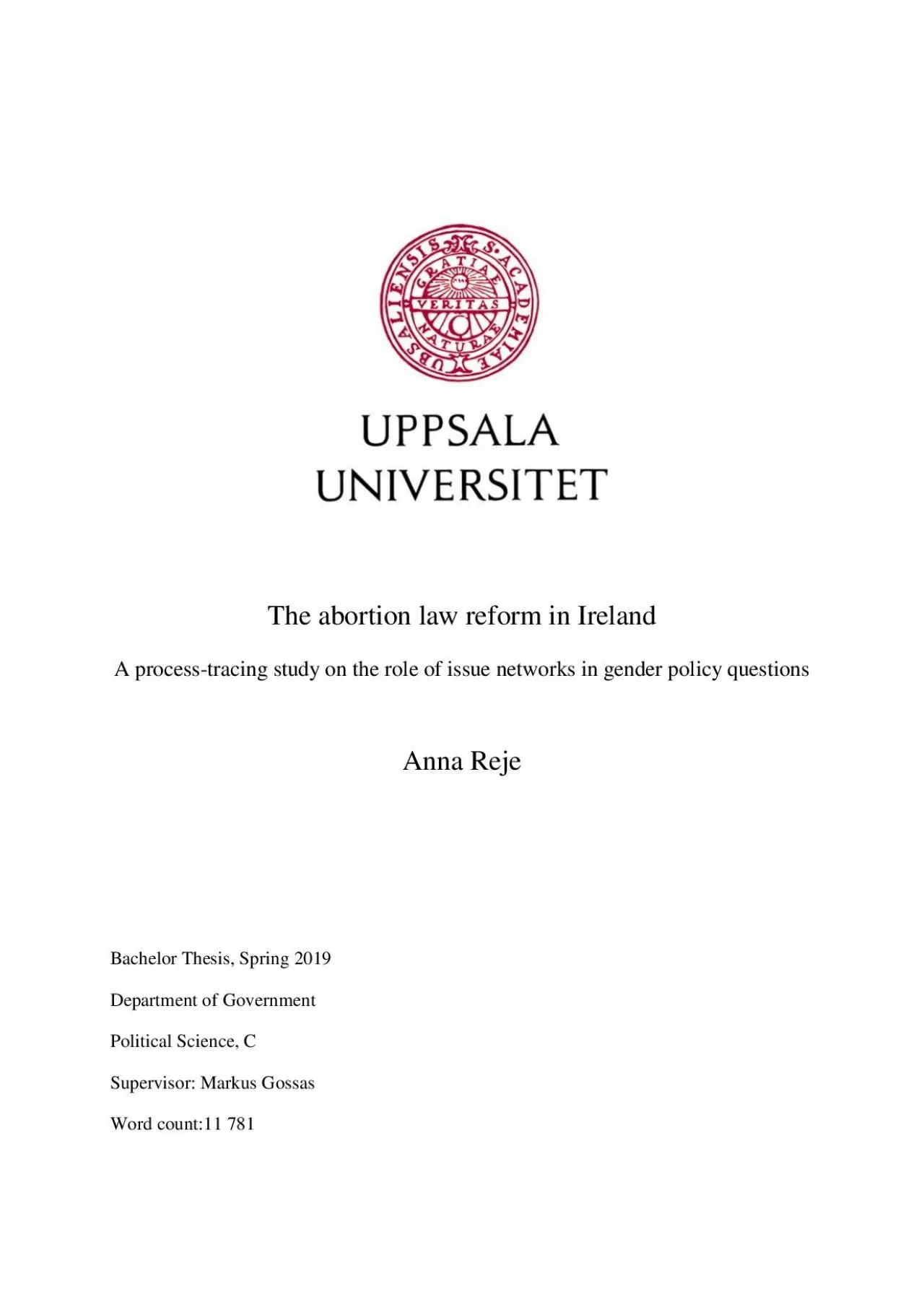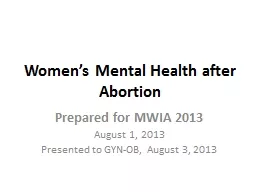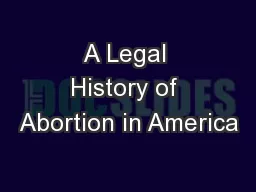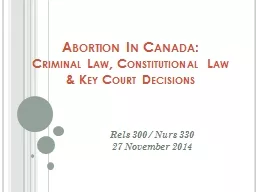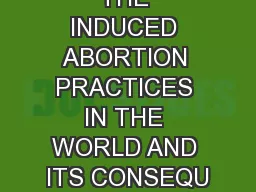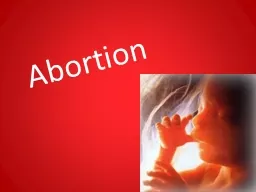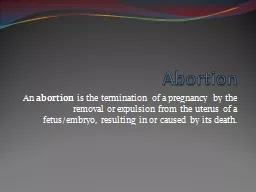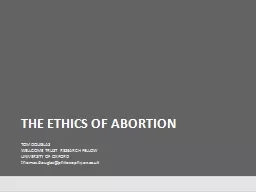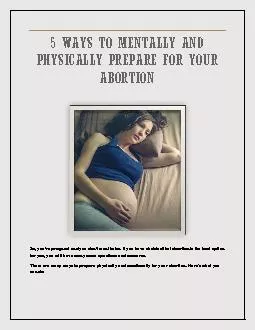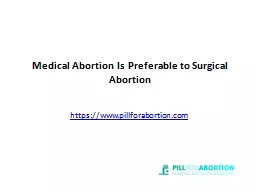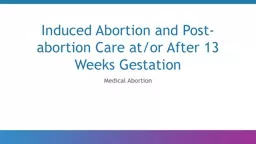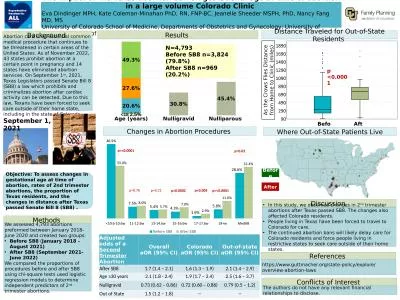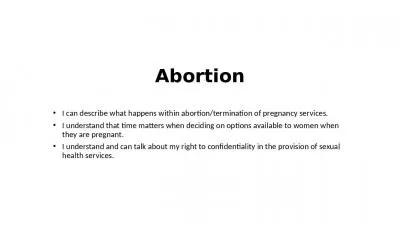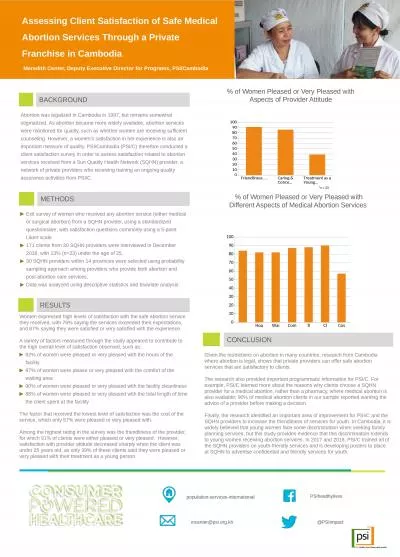PDF-The abortion
Author : delcy | Published Date : 2020-11-25
law reform in Ireland A process tracing study on the role of issue networks in gender policy questions Anna Reje Bachelor Thesis Spring 2019 Department of Government Political
Presentation Embed Code
Download Presentation
Download Presentation The PPT/PDF document "The abortion" is the property of its rightful owner. Permission is granted to download and print the materials on this website for personal, non-commercial use only, and to display it on your personal computer provided you do not modify the materials and that you retain all copyright notices contained in the materials. By downloading content from our website, you accept the terms of this agreement.
The abortion: Transcript
Download Rules Of Document
"The abortion"The content belongs to its owner. You may download and print it for personal use, without modification, and keep all copyright notices. By downloading, you agree to these terms.
Related Documents

